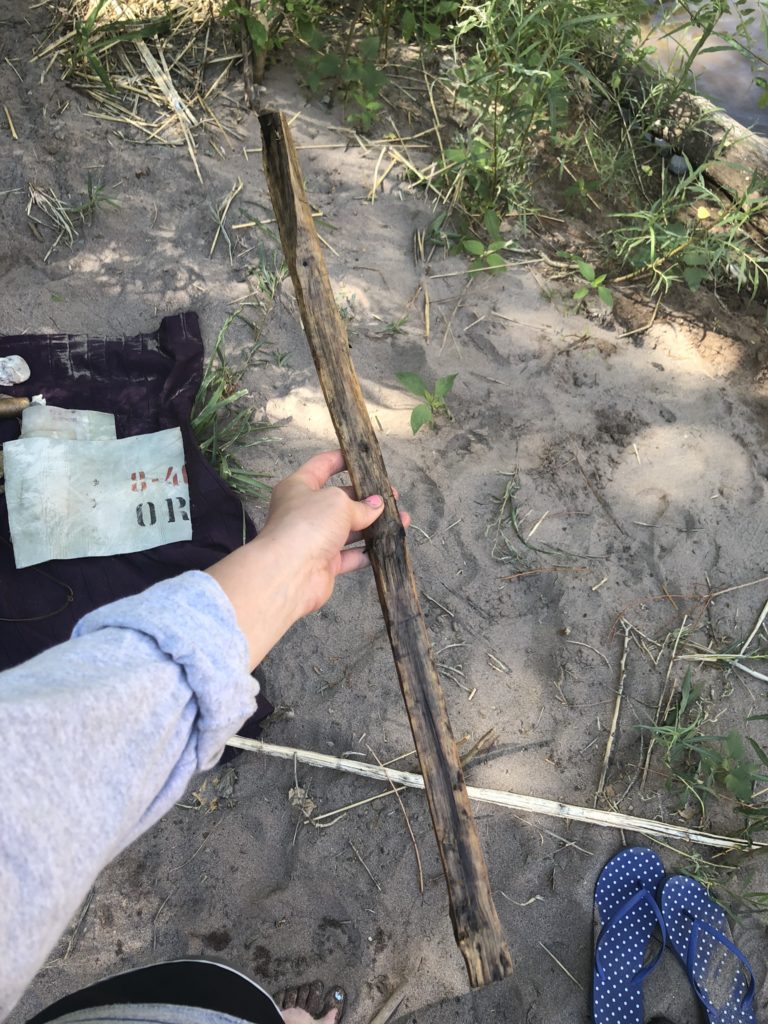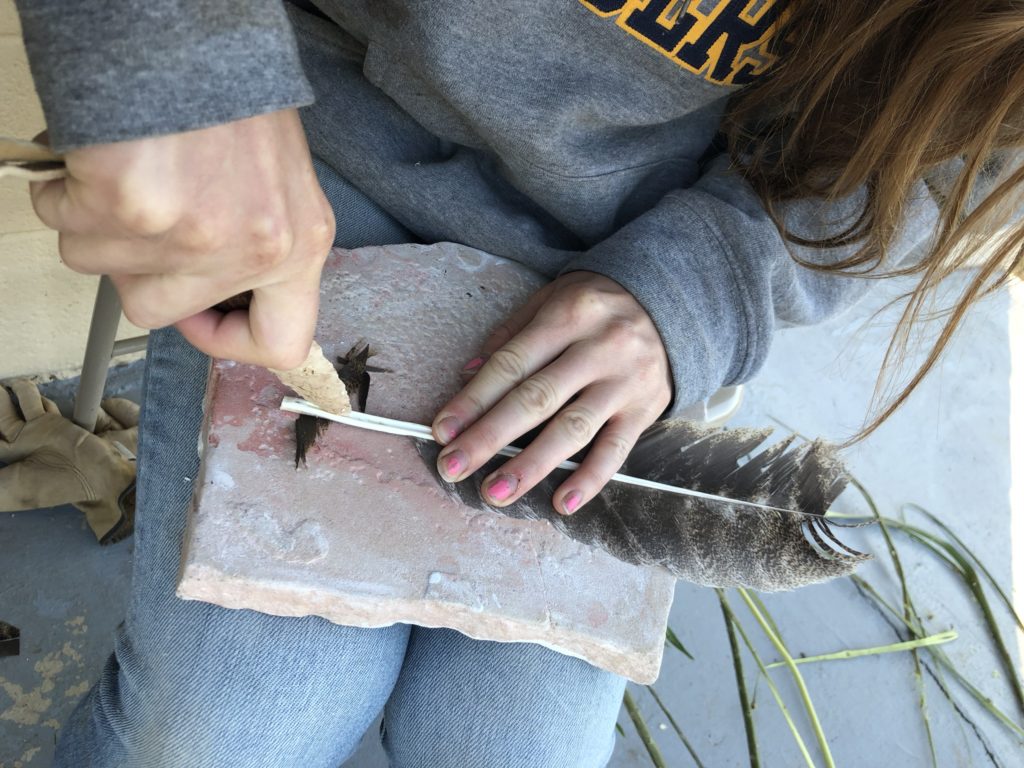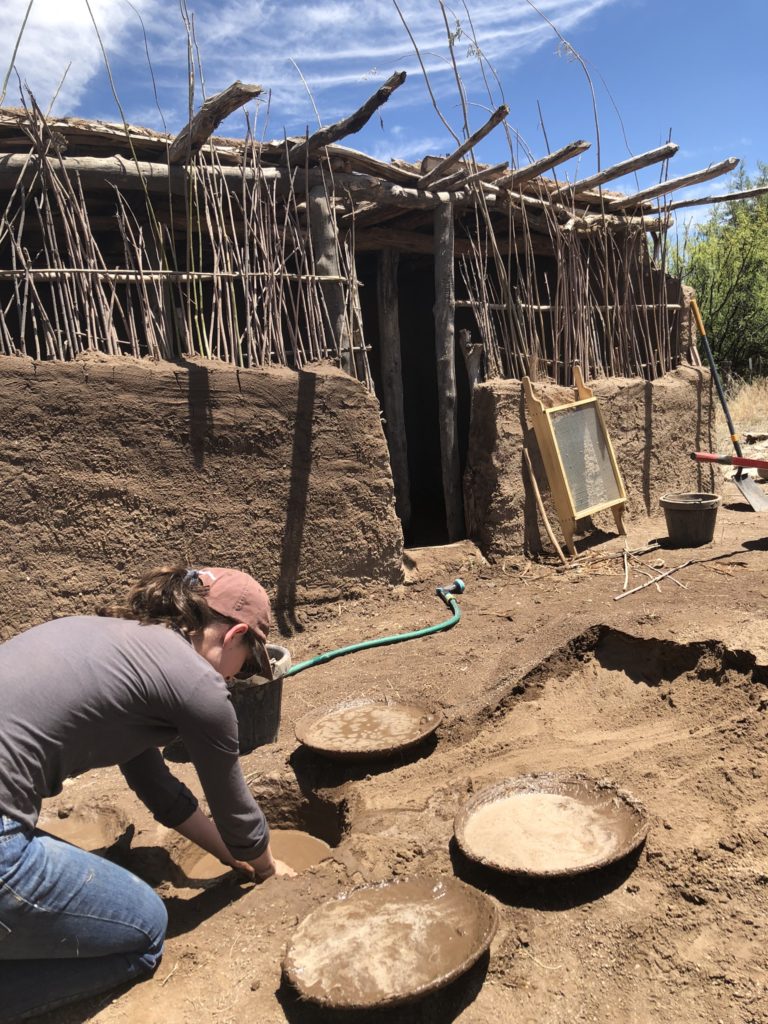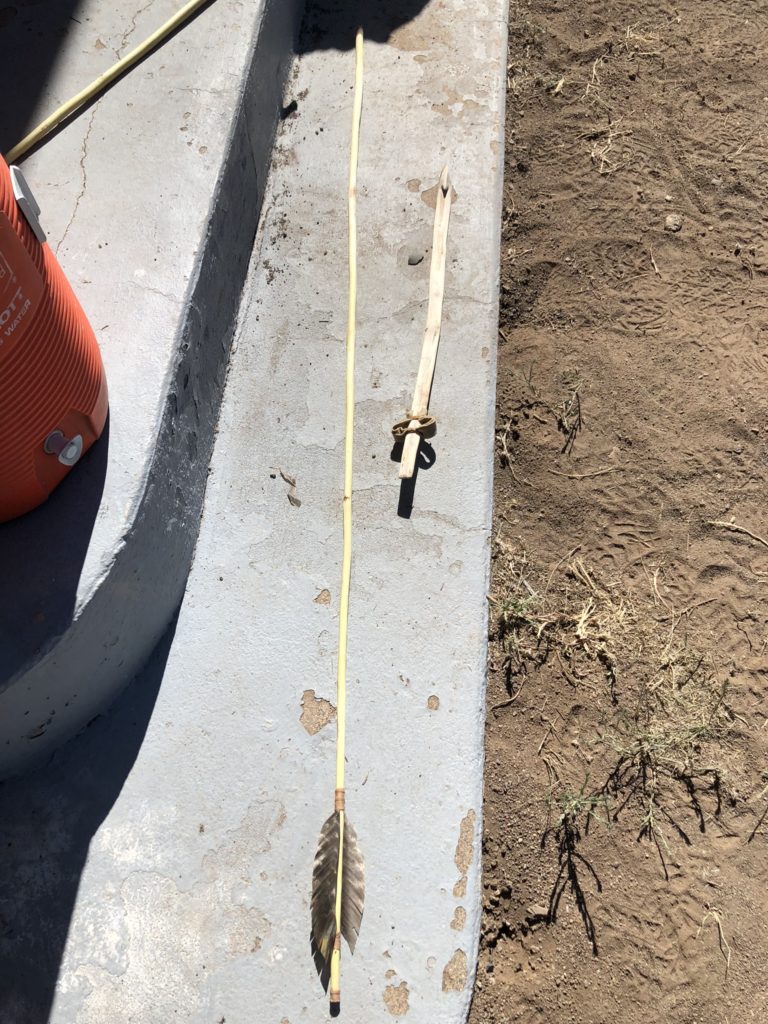- Home
- >
- Preservation Archaeology Blog
- >
- Learning Livelihoods
This post is one in our annual series of essays by our Preservation Archaeology Field School students. We invite you to follow along with their experiences over the next six weeks through their own words.
(June 13, 2019)—My background in the field of archaeology has focused on classroom lectures and the academics of archaeology. When I was able to get hands-on opportunities, they were always focused on excavation techniques and the fieldwork itself. I never had the chance to explore how ancient peoples actually lived and crafted in their everyday lives. There has always been a disconnect between what I have dug from the earth and the stories behind the actual individuals who made and used them. The experimental archaeology portion of this field school has allowed me to gain a better understanding of the actual labor and processes that went into crafting the materials we uncover every day.
One of the most interesting things I have learned at the field school has been how to create stone tools and points. Stone tools are one of those things that almost every archaeology class talks about. I had never been able to differentiate between a man-made flake versus a naturally broken rock until this field school. And although we were taught what to look for to identify a flake, it was not until I made some flakes myself that I was able to confidently identify flakes.
I experienced the process of making tools from start to finish as we hunted for obsidian along Mule Creek River and then used our obsidian to craft points ourselves. This was extremely interesting to me because it put into context for me what it actually meant to hunt for the materials you needed in order to survive. I had a similar experience while crafting my atlatl with Allen. Although it had been mentioned as an important tool in many of my classes, I never truly understood the benefit of using one. After I had carved my atlatl, I was able to throw the darts we had made that morning and get a feel for what it was like to use a weapon that was crafted specifically for me. It made throwing the dart far easier than if I had attempted to do it by hand and, although I understood this in a logical sense, it was the first time I was able to conceptualize what it meant to hunt with that tool.


Experimental archaeology is a tactile way of beginning to understand how people of the past crafted and used the tools and materials that archaeologists find in the field. While working on our adobe structure, I saw the process of mixing the mud and applying it to the walls. This is valuable to my understanding of the walls we find in our own excavation units because I can see how they would have been created. Experimental archaeology can help to shed light on how things would have been crafted that pure excavation may struggle to answer. Thinking about questions through the mindset of someone creating the product can help shed light on why certain things may have been done while the product was being made. Modern recreations may be used for understanding how natural processes, such as decay, or natural disasters, like fire, impact artifacts without endangering actual artifacts.

I found the experimental archaeology portion of this field school to be monumentally rewarding to my understanding of artifacts I see in my work. It contextualized the importance of many of these things to people’s lives and the work they put into creating them.

